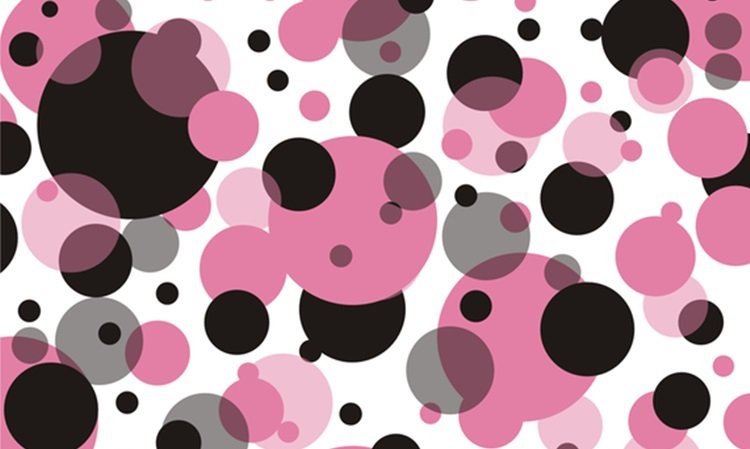Polka Dots has become a huge part of different culture around the globe
Here are some fun facts about Polka Dots, a popular pattern that has crossed different fields such as art, fashion, and many more.
This pattern is popularly used in dresses and even swimwear products. All over the world, this pattern is widely used and indeed an eye-catching one. Based on the article in Mental Floss, the name of this popular pattern came from “polka” which is a music craze that engulfed Europe in the mid-1800s.
Jude Stewart writes in her book Patternalia that marketers during this period, as much as they could, attached every product to polka-themed, just like the food polka pudding. It is a boozy confection of orange-water-flavored cream, with sherry ‘polka sauce’ drizzled on it.

Just like other patterns like plaid and stripes, polka is also featured in different everyday stuff like curtains, hats, and others.
Polka dots have different terms in other countries. In Germany, it is called Thalertupfen which is derived from a silver coin called Thaler. For Spanish people, this is lunares, or little moons. This is also a term for “mole.” In France, this is à pois, or marked with peas. Its English term came the polka music in Europe and the U.S. which is popular in the 19th century.
How polka was connected to the dots? Stewart writes that it is murky when it comes to this aspect. “Possibly the spotted pattern evoked the lively half-step of the dance. It’s also unclear whether marketers intended all those polka hats, vests, and shoes as dancewear, or if calling something ‘polka’ just made a product seem more cheerful,” the writer explained.

During the pre-Industrial era, it was impossible to create a polka dot pattern. It just become popular when machines became available to create this pattern. The popularity of this pattern reached mainstream entertainment. One of Batman’s villains is named Polka-Dot Man.
Many artists made a career out of this pattern. “I discovered about 150 dots is the minimum number of dots to make a specific recognizable person,” Chuck Close who created photorealistic portraits out of pixelated dots said in an interview.
Did you know that Frank Sintra’s popularity was boosted by polka dots? His first hit was Polka Dots and Moonbeams, the song he recorded with jazz musician Tommy Dorsey in 1940.
